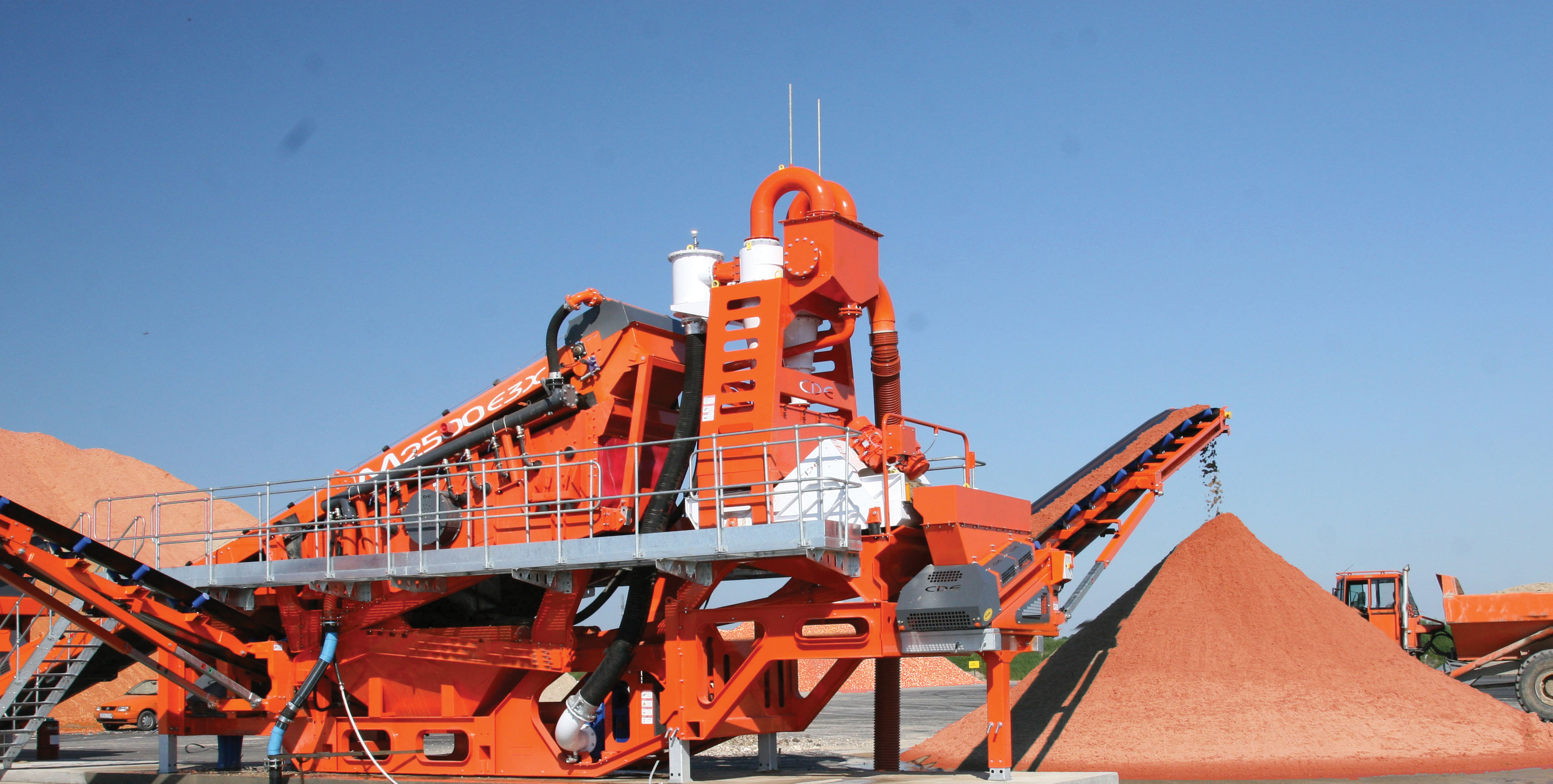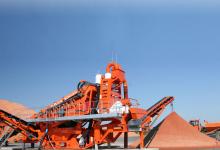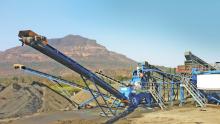
Unrestricted extraction of natural sand and gravel is becoming less of an option for the construction materials industry due to the changes in thinking, economic forces and the requirement for sustainable and consistent quality products for construction and manufacturing, says Peter Craven from
Permissions for new pits are becoming fewer and harder to secure and while in the past natural sand and gravel extraction has been the backbone of the aggregate industry, this is becoming increasingly less the case.
Operators now wish to produce high quality manufactured sand as an alternative, but what are the drivers; what are the resistant issues going to be and is manufactured sand the future of the industry?
With urban expansion, an increased need for the construction materials industry to be greener and with localised legislation making it difficult for the extraction of natural sand and gravel, the commissioning of new mines is more difficult. The processes which operators are made to follow before permissions to extract virgin materials are made are becoming more and more difficult. This is becoming a global issue, with many counties embracing the need to protect precious stocks and leaving the industry to seek alternative methods of providing quality materials.
The technical case for manufactured sand as an alternative to natural sand has been well made. As technology has developed and awareness has increased as to the potential for crushed, washed and classified fine aggregate to be used a natural sand substitute there have been numerous technical papers written in many mining magazines, engineering journals and on industry websites.
I can’t help feeling that in all the technical detail the commercial argument has got lost: it’s time to redress the balance.
Despite the numerous technical papers that you will find with the help of everyone’s favourite search engine there still seems to be a barrier to the widespread use of manufactured sand. Why is this?
It’s relatively new and it changes practices that are well known and understood. When we take these factors and look at them in the environment of a conservative and relatively risk adverse industry it’s easy to see why there remains a barrier to the substitution of natural sands with manufactured sand.
In most instances the consideration of manufactured sand is driven by legislative changes introduced with the intention of protecting diminishing reserves of natural sand. India is a recent example of this, where a ban has been introduced on the mining of river sands and this has caused much discussion and debate in the Indian industry about the merits of manufactured sand as an alternative material.
This debate mirrors that which has taken place in many other countries over recent years and the theme of the discussion is centred on yet another analysis of particle shape, the gradation curve and the effective removal of the excess fines generated during typical crushing processes.
What is noticeable from all the articles and technical papers available on this subject is the assumption that natural sand represents best practice and manufactured sand is simply chosen when natural sands are not available, either through the geology of a specific area or through legislative interventions such as those recently introduced in India.
It’s easy to see why this attitude prevails: the immediate reaction when government introduces restrictions or changes to well established practices is to assume it will lead to increased costs for businesses and is another example of unnecessary interference.
While there is no doubt that this is true in some instances in this instance there is substantial evidence that this particular government intervention provides sand and aggregate producers with a real opportunity to improve the efficiency of their operations.
Manufactured sand has been proved to be a practical, high quality material that can consistently meet exacting standards, that’s sustainable and perfect for producing high grade products. The ecological argument alone makes a strong case for it. What’s needed now is for the construction materials industry to embrace the opportunity, acknowledge that manufactured sand is a practical and cost effective alternative to natural ‘dredged’ sand; to accept its use and start specifying it on contracts.









